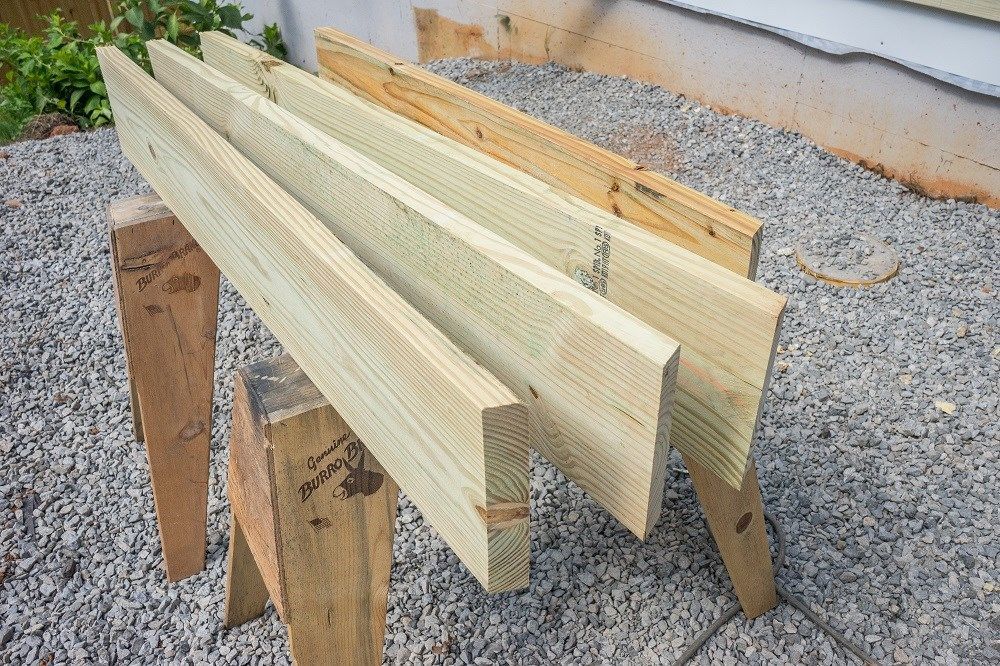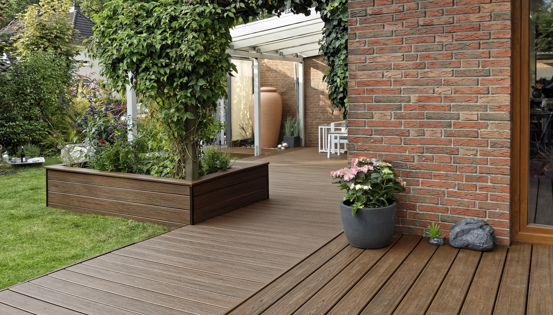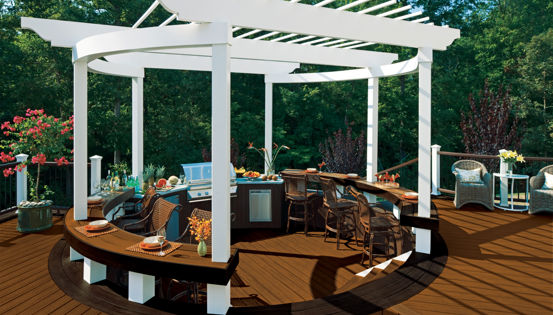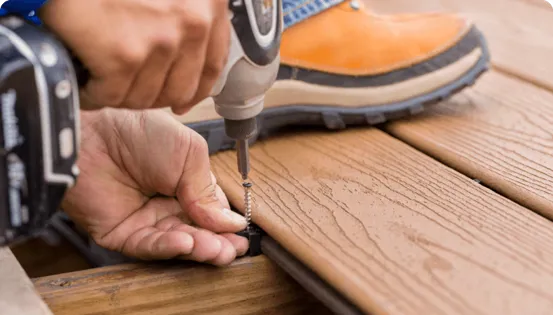Most wood sold for deck building is considered wet and has a moisture content of over 30 percent water weight. Wet wood will shrink as it dries out and is less stable, which can cause it to check and warp. It also provides an environment where fungi and bacteria produce rot and insects thrive. Dry wood is lighter, easier to work with and less likely to split. You can buy lumber that has been kiln dried, but this will cost you a premium price. If you have purchased green or wet lumber, you should dry it out as best you can before working with it by stacking it on spacers and storing it in a shaded, dry and well ventilated area so the air can circulate evenly. You can check the moisture content by using a moisture meter at your lumberyard or cross cutting a board and examining the interior wood. Wood shrinks in all dimensions as it dries, but most problems are caused in how the boards handle the shrinkage in width and thickness.







